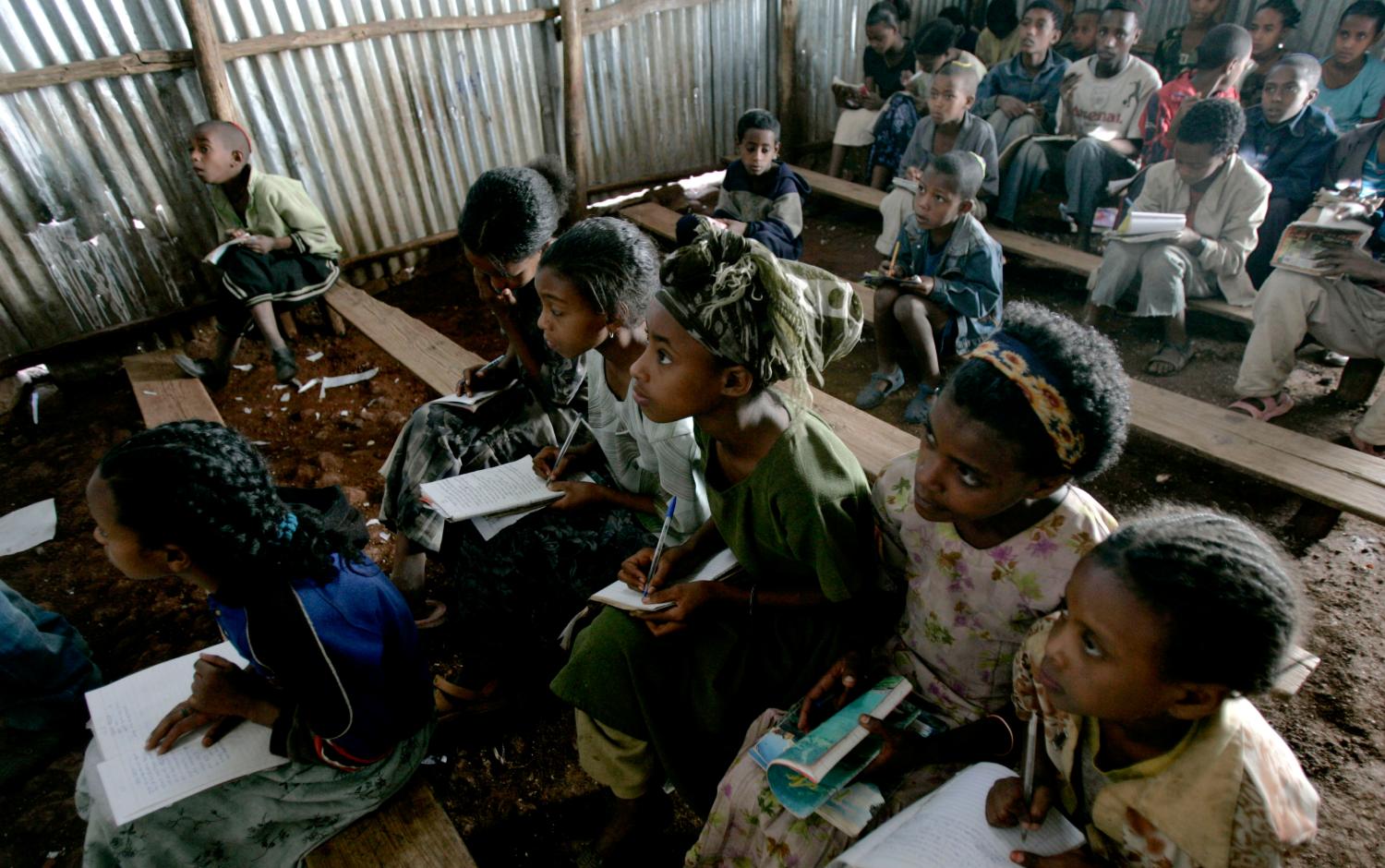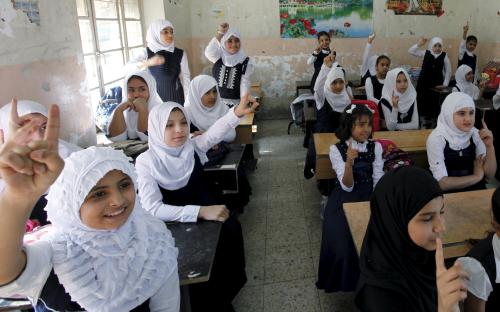In a time of globalization and rapidly changing technology, a high-quality education gives youth a competitive advantage. However, equality in education is still a vision, not a reality. In Ethiopia, education inequality is pervasive, especially at the tertiary level. The promise of equality in higher education is a global right, first communicated in the 1998 World Declaration on Higher Education for the Twenty-First Century. This paper on gender inequality in tertiary education in Ethiopia should be viewed as a review of a local situation with a broader global context.
In the 2010–11 academic year in Ethiopia, there were over 18 million primary, 1.8 million secondary, and approximately a half million undergraduate students in the education system. Gender parity decreases as students move up the educational ladder. Globally there is a trend in favor of more females than males attending university. The context in Ethiopia, however, is different. The females make up only 27 percent of the university population, a quarter of whom will drop out before graduation. Their denial of opportunity is the basis for this study.
We must act strategically, based on evidence, to address the low number of girls progressing to and completing tertiary education. One critical area to look is the transition period from secondary to tertiary education and the first-year university experience of students. Research into this phase should strive to understand challenges, both personal and institutional, that girls face. I hypothesize that the higher attrition of girls than boys can be mediated through a capacity enhancement approach that focuses on the specific competencies needed during the transition from secondary to tertiary education. These competencies include self-reliance, learning style, socialization, language and problem-solving capabilities. The objective is to target transitional challenges experienced by girls to enhance the academic institution and society’s ability to better mediate this period.
Understanding the challenges girls face during the first year of university education is the first step. Envisaging widespread policy change requires the involvement of many stakeholders, including the government, university leadership and staff, students and the wider community. The goal of this paper is to lay the groundwork for the design and implementation of intervention efforts and continuous longitudinal studies to address the lack of gender parity at the tertiary level in Ethiopia. The paper provides an overview of the state of Ethiopian education, analyzes research on girls in higher education in the country and reviews lessons from other countries to draw implications for Ethiopian tertiary education. The conclusion touches on the far-reaching implications of gender equality in tertiary education at a macro level and its contribution to the overall development of the nation.






